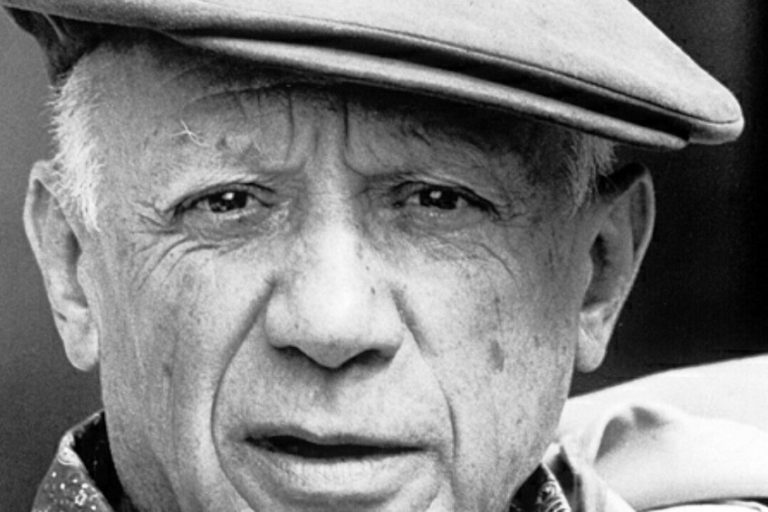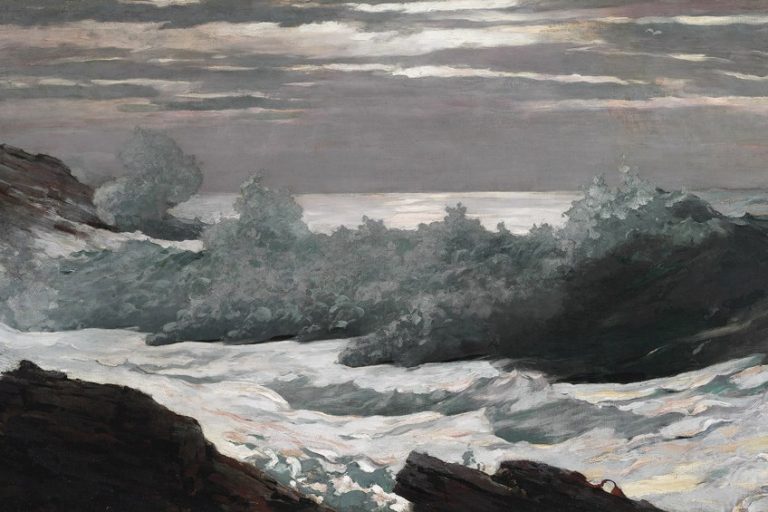Facts About Paul Klee – The Artistic Alchemist
Paul Klee, a master of color and form, remains one of the most intriguing figures in 20th-century art. With a unique blend of childlike whimsy and profound philosophical depth, Klee’s works captivate viewers with their intricate compositions and vibrant palettes. Beyond his artistic genius, Klee’s life is filled with fascinating anecdotes, from his innovative teaching methods to his deep connections with fellow artists like Wassily Kandinsky. Delving into the world of Paul Klee unveils not just a painter, but a visionary whose legacy continues to inspire and enchant art enthusiasts worldwide.
Table of Contents
- 1 The Influence of Paul Klee
- 2 10 Interesting Facts About Paul Klee
- 2.1 Klee Had a Gift for More Than Just Painting
- 2.2 He Had Many Artistic Influences
- 2.3 Klee Was Also a Teacher
- 2.4 He Painted Camouflage Onto Planes
- 2.5 Some of His Works Were Included in the “Degenerate Art” Exhibition
- 2.6 Klee’s Art Was Banned in Germany
- 2.7 Cats Were His Favorite Animal
- 2.8 A Trip to Tunisia Transformed His Art
- 2.9 Klee Fought in World War I
- 2.10 Paul Éluard Wrote a Poem About Him
- 3 Frequently Asked Questions
The Influence of Paul Klee
Paul Klee’s influence on the art world extends far beyond his own lifetime, shaping the course of modern art and inspiring countless artists across different movements and styles. His innovative use of color and form, along with his exploration of abstraction and symbolism, opened new avenues of artistic expression.
Artists such as Joan Miró, Wassily Kandinsky, and Alexander Calder were deeply influenced by Klee’s unique approach to composition and his philosophical insights into the nature of art.
Moreover, Klee’s teachings as a faculty member at the Bauhaus, a renowned school of art, architecture, and design, had a profound impact on generations of artists. His emphasis on experimentation, creative freedom, and the integration of art with other disciplines laid the groundwork for interdisciplinary approaches in art education. Klee’s legacy continues to inspire contemporary artists to push boundaries, challenge conventions, and explore the limitless possibilities of artistic expression.
10 Interesting Facts About Paul Klee
Delving into the life and art of Paul Klee unveils a tapestry of intriguing facts that illuminate the depth and complexity of this pioneering artist. From his transformative experiences during World War I to his innovative teaching methods at the Bauhaus, Klee’s life is a testament to creativity, resilience, and artistic vision. In this section, we delve into 10 fascinating facts about Paul Klee, shedding light on his multifaceted talents, influential connections, and enduring impact on the art world. Discover the man behind the masterpieces and unravel the captivating story of one of the 20th century’s most celebrated artists.

Klee Had a Gift for More Than Just Painting
Paul Klee’s artistic talents extended beyond painting, showcasing his gift for music as well.
He was a skilled violinist and often integrated musical elements into his artworks, creating a harmonious blend of visual and auditory experiences that reflected his deep appreciation for both art forms.
He Had Many Artistic Influences
Klee was influenced by a diverse range of artistic styles and movements, including expressionism, cubism, and surrealism. His exposure to different artistic perspectives enriched his own artistic language, leading to the development of his unique style characterized by geometric shapes, playful compositions, and vibrant colors.

Klee Was Also a Teacher
As a professor at the Bauhaus, Klee played a pivotal role in shaping the next generation of artists.
His innovative teaching methods emphasized creativity, experimentation, and the synthesis of art with other disciplines such as science and philosophy, fostering a dynamic and interdisciplinary approach to artistic education.
He Painted Camouflage Onto Planes
During World War I, Klee was drafted into the German military and assigned to the aircraft camouflage division. Utilizing his artistic skills, he painted camouflage patterns on planes, showcasing his adaptability and creativity even in unconventional contexts.
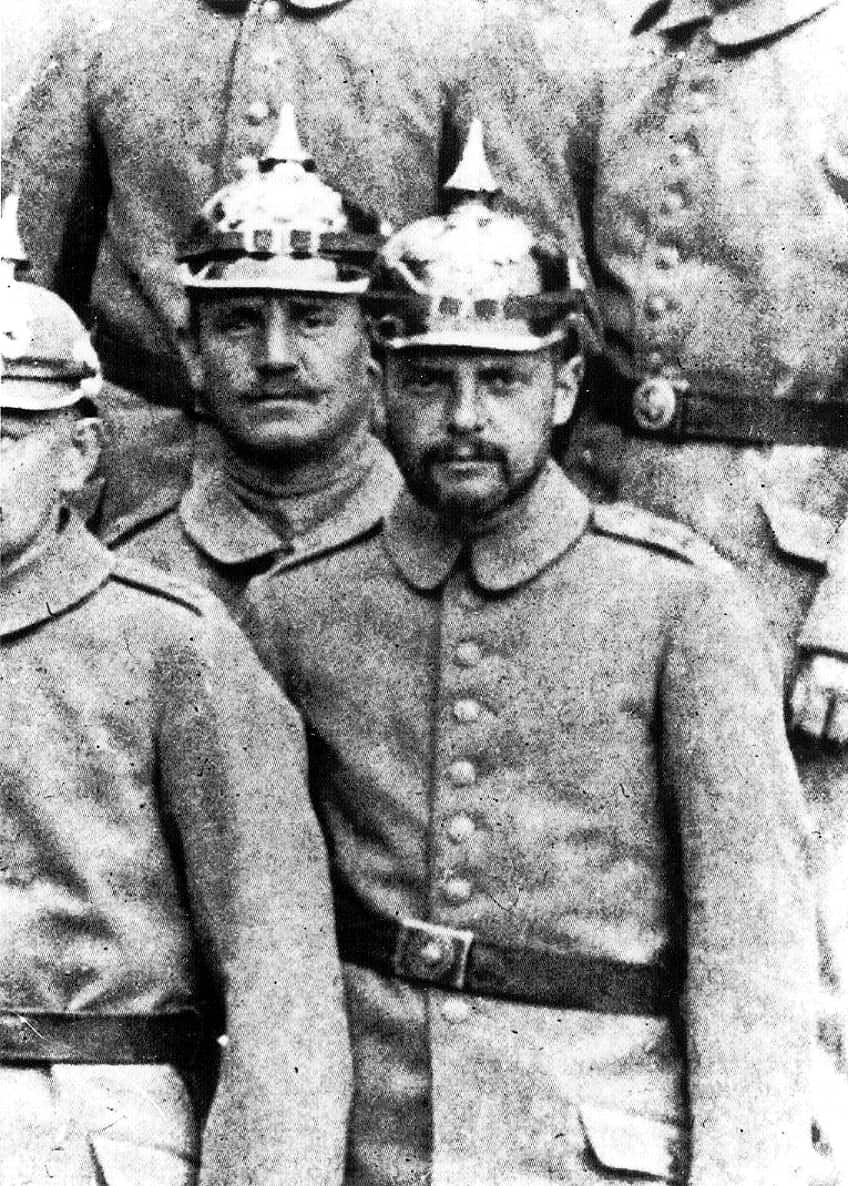
Some of His Works Were Included in the “Degenerate Art” Exhibition
Paul Klee’s inclusion in the “degenerate art” exhibition by the Nazi regime in 1937 highlighted the political and ideological conflicts surrounding modern art during that period. His avant-garde and innovative style, deemed unacceptable by the Nazis, represented a broader attack on artistic freedom and expression.
It underscored the tumultuous relationship between art and politics in the 20th century.
Klee’s Art Was Banned in Germany
Klee’s art faced censorship and was banned in Germany during the Nazi era due to its perceived “un-German” and “degenerate” qualities. This suppression of his work not only reflected the oppressive cultural policies of the time but also underscored Klee’s status as a pioneering modern artist whose provocative and boundary-pushing creations challenged traditional norms and ideologies.
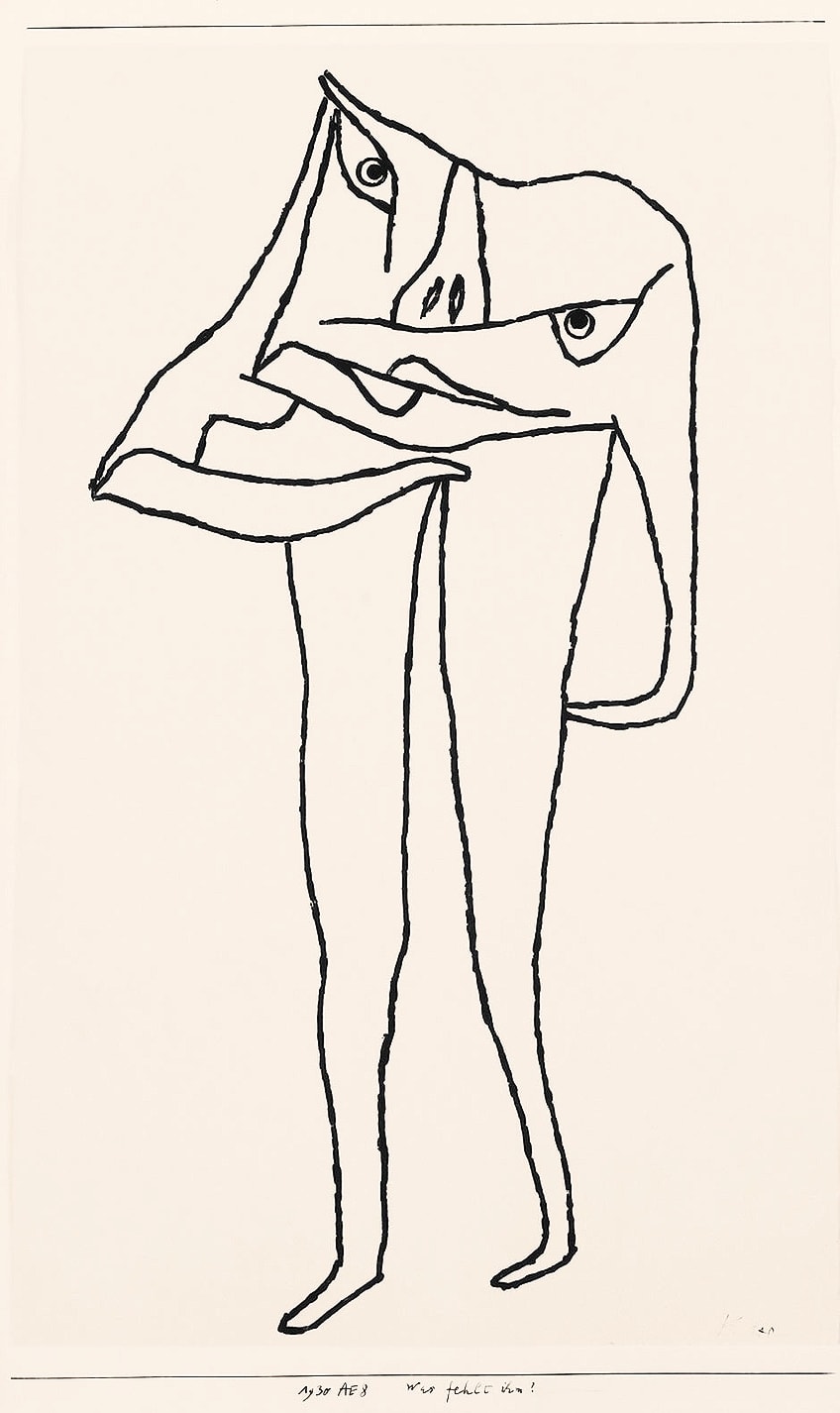
Cats Were His Favorite Animal
Cats held a special place in Paul Klee’s heart, inspiring numerous artworks throughout his career. Known for their enigmatic and playful nature, cats became symbolic elements in Klee’s compositions, adding whimsy and charm to his imaginative visual narratives.
His affection for cats is evident in pieces like “Cat and Bird,” where feline figures are depicted with a sense of mystery and grace.
A Trip to Tunisia Transformed His Art
A transformative journey to Tunisia in 1914 profoundly influenced Paul Klee’s artistic style and palette. The vibrant colors, intricate patterns, and exotic landscapes of North Africa sparked a creative renaissance in Klee’s work, leading to a period of heightened experimentation and exploration of new artistic techniques. The influence of his Tunisian experience can be seen in paintings such as “In the Magic Mirror,” where Klee’s use of bold colors and geometric shapes reflects the vibrancy and dynamism of the Tunisian landscape.
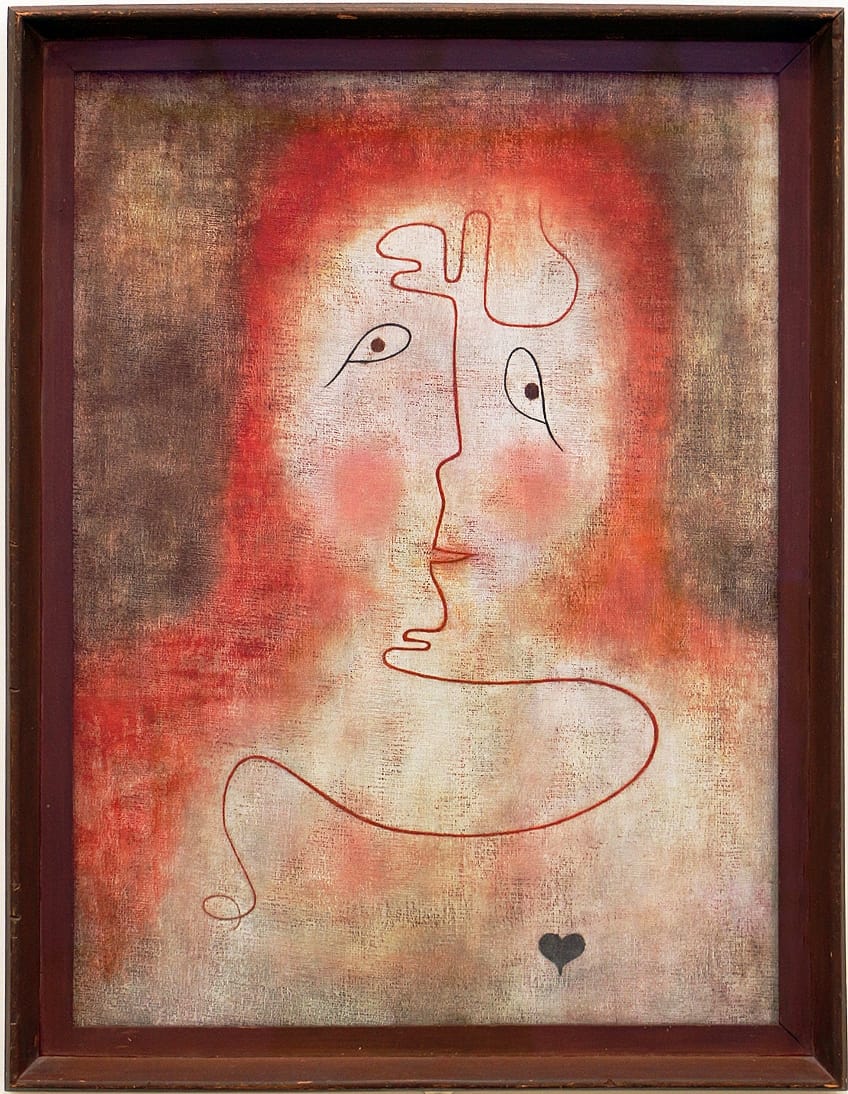
Klee Fought in World War I
Paul Klee’s experience as a soldier during World War I deeply impacted his art and worldview. Serving in the German military, Klee witnessed the devastation of war firsthand, which found expression in his post-war artworks through themes of anxiety, disillusionment, and introspection.
The trauma of war influenced Klee’s shift towards more abstract and symbolic representations, reflecting the psychological turmoil of the era.
Paul Éluard Wrote a Poem About Him
Renowned French poet Paul Éluard wrote a poignant poem dedicated to Paul Klee, highlighting the profound impact of Klee’s art on the cultural and artistic landscape. Éluard’s poem captured the essence of Klee’s artistic vision, celebrating his imaginative genius, and acknowledging his contributions to the avant-garde movement. The collaboration between Éluard and Klee underscores the interplay between visual art and literature, showcasing the mutual inspiration and admiration between artists across different mediums.

In conclusion, Paul Klee’s artistic journey is a testament to the boundless creativity and innovative spirit that define great artists. From his pioneering use of color theory to his playful yet profound approach to art, Klee’s legacy endures as a source of inspiration for generations to come. His ability to blend imagination with intellect, coupled with his unique perspective on the world, has left an indelible mark on the art world. As we continue to explore and appreciate the rich tapestry of Klee’s works, we gain a deeper understanding of his contributions to the evolution of modern art and the enduring power of creativity to transcend boundaries and touch the human soul.
Frequently Asked Questions
What Were Some of Paul Klee’s Artistic Influences?
Paul Klee was influenced by a diverse range of artistic styles and movements, including expressionism, cubism, surrealism, and folk art traditions. These influences contributed to the development of his unique artistic language characterized by playful compositions, vibrant colors, and intricate symbolism.
What Was Paul Klee’s Role at the Bauhaus?
Paul Klee served as a faculty member at the Bauhaus, a renowned school of art, architecture, and design. His innovative teaching methods emphasized creativity, experimentation, and the integration of art with other disciplines, contributing to the Bauhaus’s reputation as a center of avant-garde artistic education.
How Did Paul Klee’s Art Contribute to the Degenerate Art Exhibition?
Paul Klee’s inclusion in the degenerate art exhibition by the Nazi regime in 1937 highlighted the political and ideological conflicts surrounding modern art. His avant-garde style, deemed unacceptable by the Nazis, represented a broader attack on artistic freedom and expression during that period.
Isabella studied at the University of Cape Town in South Africa and graduated with a Bachelor of Arts majoring in English Literature & Language and Psychology. Throughout her undergraduate years, she took Art History as an additional subject and absolutely loved it. Building on from her art history knowledge that began in high school, art has always been a particular area of fascination for her. From learning about artworks previously unknown to her, or sharpening her existing understanding of specific works, the ability to continue learning within this interesting sphere excites her greatly.
Her focal points of interest in art history encompass profiling specific artists and art movements, as it is these areas where she is able to really dig deep into the rich narrative of the art world. Additionally, she particularly enjoys exploring the different artistic styles of the 20th century, as well as the important impact that female artists have had on the development of art history.
Learn more about Isabella Meyer and the Art in Context Team.
Cite this Article
Isabella, Meyer, “Facts About Paul Klee – The Artistic Alchemist.” Art in Context. March 25, 2024. URL: https://artincontext.org/facts-about-paul-klee/
Meyer, I. (2024, 25 March). Facts About Paul Klee – The Artistic Alchemist. Art in Context. https://artincontext.org/facts-about-paul-klee/
Meyer, Isabella. “Facts About Paul Klee – The Artistic Alchemist.” Art in Context, March 25, 2024. https://artincontext.org/facts-about-paul-klee/.




